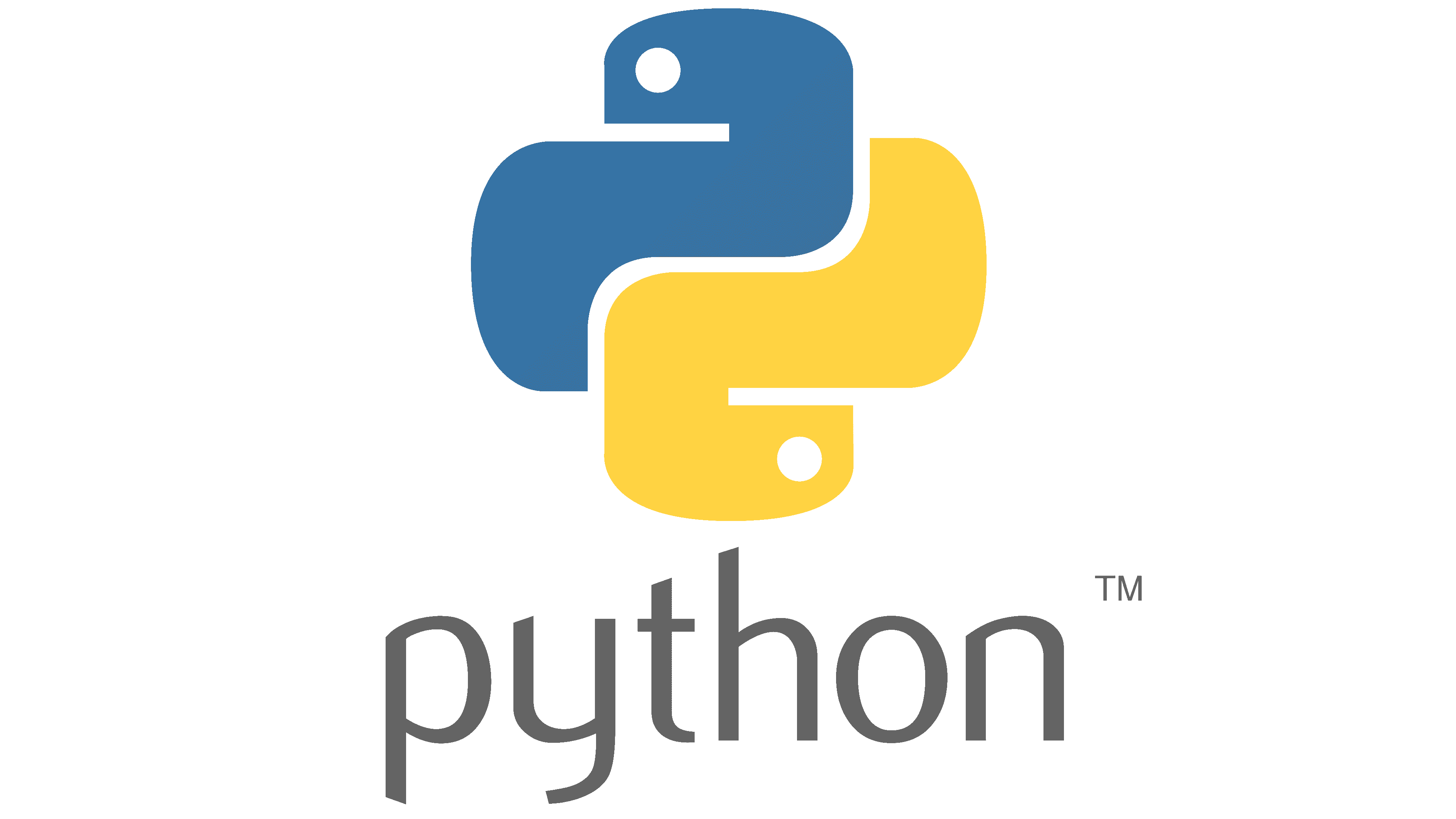Python - Control Statements
Control Statements:
- Conditional Statements
| Conditional Statement | Description |
|---|---|
if | An if statement is used to test an expression for truthiness and execute some code if the expression is true |
elif | An elif (else if) statement is used to chain multiple conditions in an if statement. It executes its block of code if its condition is true and all previous conditions have been false |
else | An else statement catches anything which isn’t caught by the preceding conditions |
if...else | An if...else statement provides an alternate block of code that is executed if the if condition is false |
if...elif...else | An if...elif...else statement allows you to chain multiple conditions and provide an alternate block of code that is executed if all conditions are false |
- Looping Statements
| Looping Statement | Description |
|---|---|
for | A for loop is used for iterating over a sequence (that is either a list, a tuple, a dictionary, a set, or a string) |
while | A while loop can execute a set of statements as long as a condition is true |
nested loops | A nested loop is a loop inside a loop. The for loop and the while loop can be nested |
break | The break statement can stop the loop before it has looped through all the items |
continue | The continue statement can stop the current iteration of the loop, and continue with the next |
pass | The pass statement is used as a placeholder for future code. When the pass statement is executed, nothing happens, but you avoid getting an error when empty code is not allowed |
Examples:
If elif else Statement:
1 2 3 4 5 6 7 8
age = 18 if age < 13: print("You are a child.") elif 13 <= age < 18: print("You are a teenager.") else: print("You are an adult.")For Loop :
1 2 3 4 5 6 7 8 9 10 11 12
# List of numbers numbers = [1, 2, 3, 4, 5] # variable to store the sum sum = 0 # iterate over the list for num in numbers: sum = sum + num # print the sum print("The sum is", sum)While Loop:
1 2 3 4 5 6 7
# initial value of counter counter = 0 # while loop while counter < 5: print("Counter is", counter) counter = counter + 1Nested Loops:
1 2 3 4 5 6 7
# Outer loop for i in range(3): print("Outer loop iteration:", i) # Inner loop for j in range(3): print(" Inner loop iteration:", j)
This post is licensed under CC BY 4.0 by the author.
